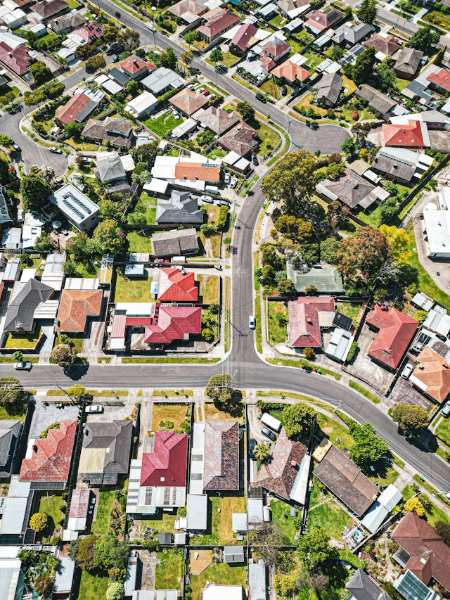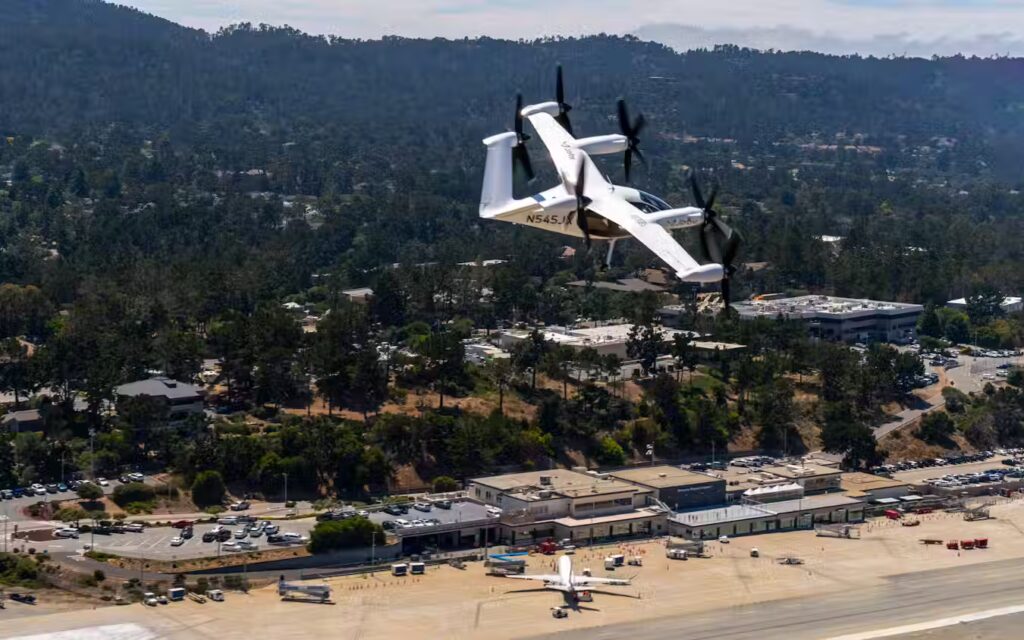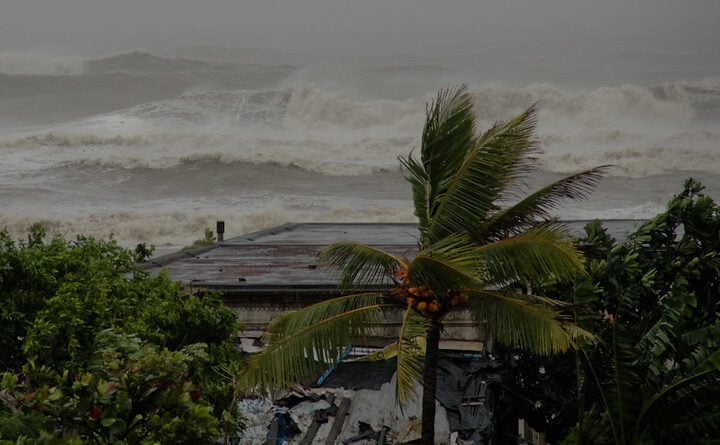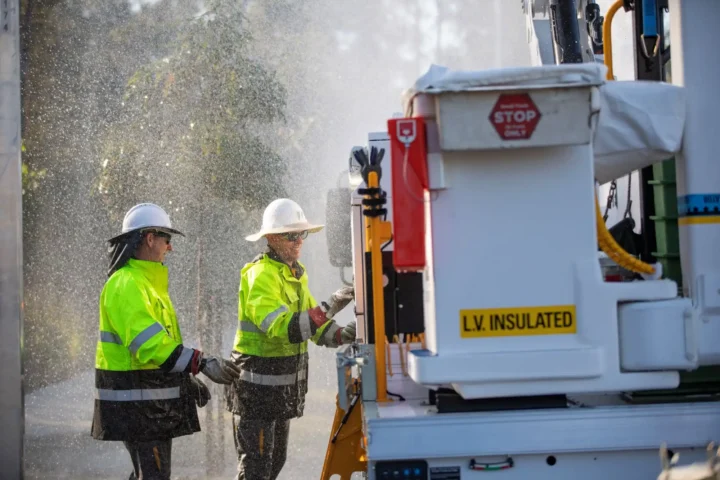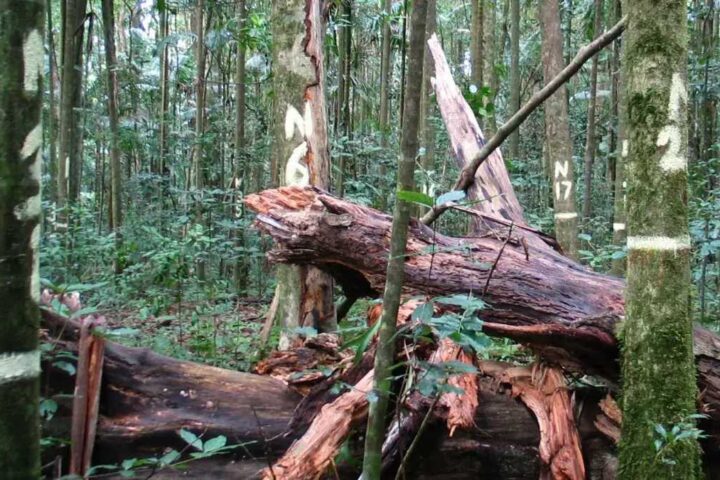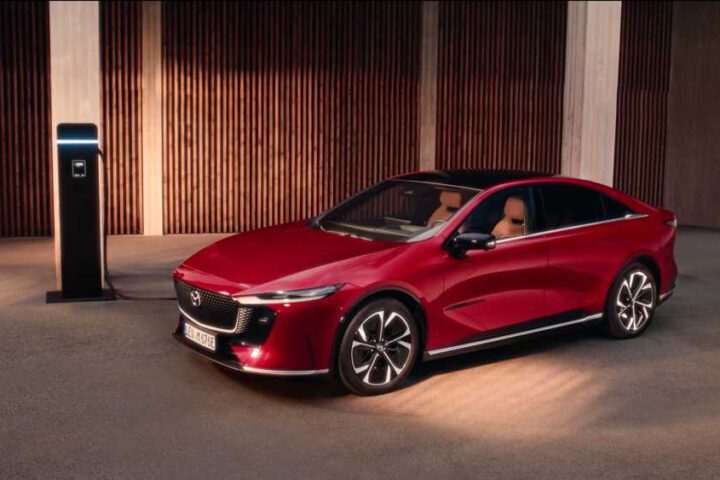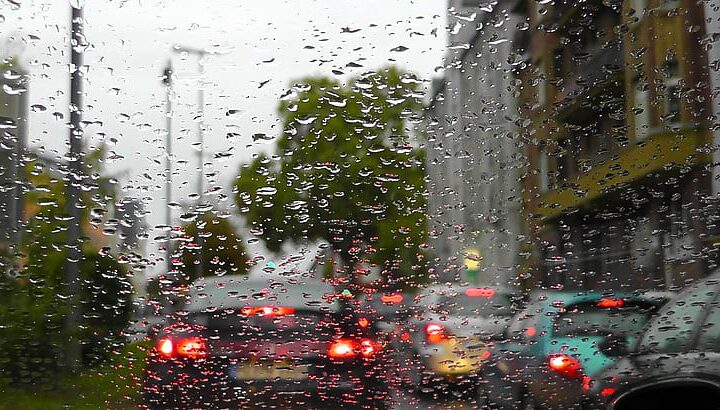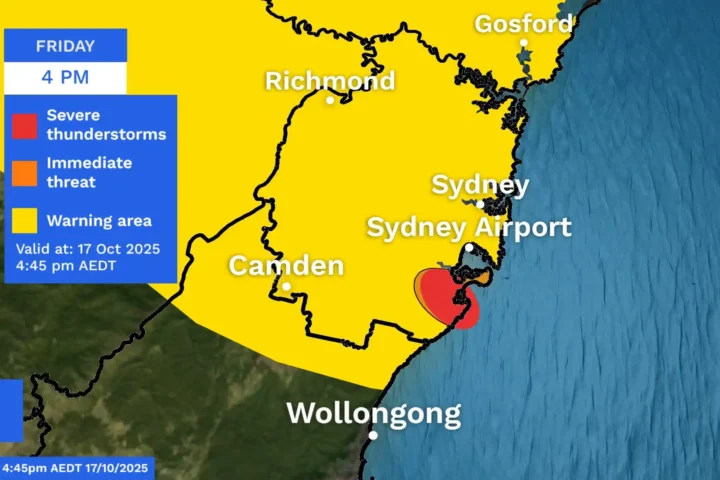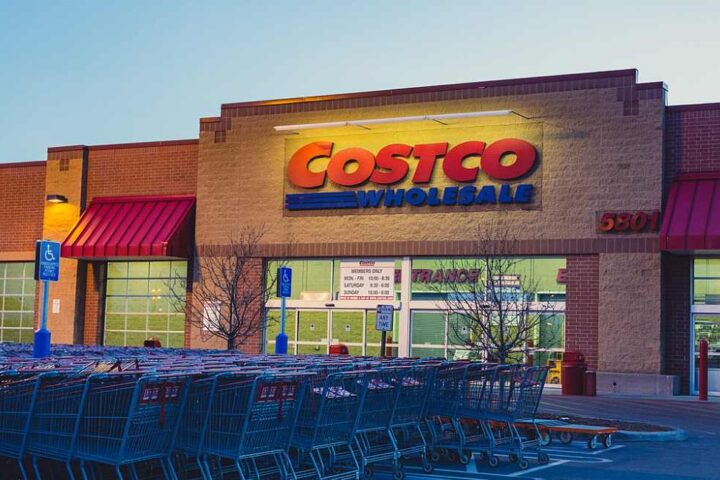First-home buyers will get a three-month head start on Australia’s expanded 5% deposit scheme, with the government bringing forward the launch from January 2026 to October 2025.
The accelerated rollout removes income caps that previously limited the program to singles earning under $125,000 and couples under $200,000. Property price caps will also jump substantially – Sydney’s limit rises from $900,000 to $1.5 million, while Melbourne’s increases from $800,000 to $950,000, and Brisbane’s from $700,000 to $1 million.
“Bringing the start date forward will get more Australians into their own home quicker, while saving them money along the way,” Prime Minister Anthony Albanese said in a statement.
Under the scheme, buyers need just a 5% deposit, with the government guaranteeing the remaining 15% to eliminate Lenders Mortgage Insurance (LMI) fees. According to the Prime Minister’s office, this could save buyers about $25,000 to $42,000 in insurance costs, depending on property value.
Housing Minister Clare O’Neil pointed to generational equity concerns: “It’s just not right that an entire generation of young Australians have been locked out of the housing market – saving for decades while paying off someone else’s mortgage.”
The expanded program now offers unlimited places, removing previous annual caps. Treasury calculations suggest buyers could save up to $350,000 in rent by entering the market sooner.
For many Australians, the deposit hurdle has grown dramatically. The last time a 20% deposit for a median-priced home equaled today’s 5% deposit amount was 2002 – reflecting a major shift in affordability over a generation.
The scheme forms part of the government’s $43 billion housing agenda targeting 1.2 million new homes by 2029. Complementary measures include a pause on National Construction Code changes until 2029 to speed approvals and efforts to clear a 26,000-home environmental approval backlog.
The Real Estate Institute of Australia has welcomed the changes, with REIA president Leanne Pilkington describing it as a “timely and practical” affordability measure, while the Urban Development Institute of Australia has called it a “meaningful step” toward addressing housing challenges.
Not everyone is enthusiastic, however. Opposition figures have raised concerns about potential market distortions. Shadow housing spokesperson Andrew Bragg criticized the removal of income caps as problematic, telling ABC radio: “This is an uncapped scheme which is available to billionaires, or the children of billionaires, if they want to use a government program.”
Some market commentators have warned that removing income limits could advantage higher-income first-home buyers unless paired with supply measures.
Because buyers using the guarantee do not pay LMI, the scheme changes could affect demand for LMI products more broadly; impacts will depend on lender uptake and borrower eligibility.
The Regional First Home Buyer Guarantee will be replaced by the First Home Guarantee under the expanded scheme, simplifying access but removing a dedicated regional stream.
First-home buyers can check eligibility through Housing Australia’s online tool, with the program available through more than 30 participating lenders, including customer-owned and regional banks.
Treasury modeling predicts the expanded scheme will cause only a modest 0.5% increase in house prices over six years – a figure the government cites to counter critics’ concerns about market inflation.
Master Builders Australia supported the changes but cautioned that labor shortages must be addressed to meet the ambitious housing targets.
The scheme will begin on October 1, 2025, with full details available on the Housing Australia website.
